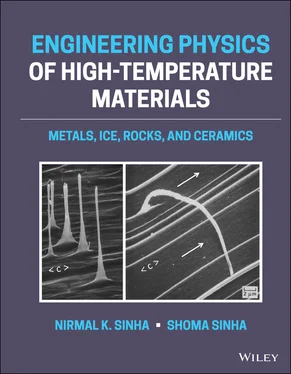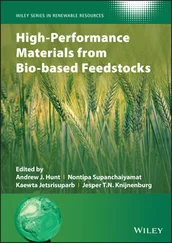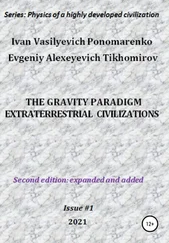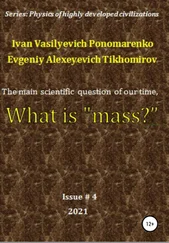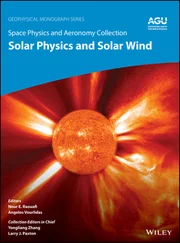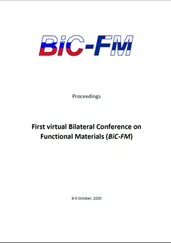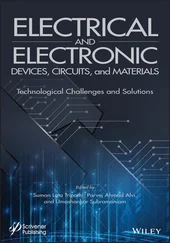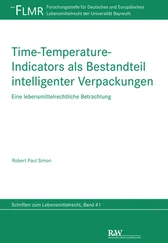As mentioned, the SRRT approach was first applied to soda–lime–silica glass in late 1960. It was extended to natural water ice during the late 1970 and finally to a wide‐ranging nickel‐, titanium‐, and iron‐base complex superalloys in late 1990 and early 2000. The authors have not performed SRRTs on geologic materials and are not aware of any SRRT type of test methodology applied to rocks. However, Chopra (1997) reported two CL creep and recovery tests (on full unloading), essentially SRRTs, on an olivine basalt. Chopra focused on the delayed elastic recovery in order to model transient creep, but inadvertently missed the fact that the permanent strains, he reported, could provide a measure of the average viscous strain rate during loading time, equivalent to the reported steady‐state strain rate. This is presented in Figure 5.5. and discussed further in Section 5.6 in Chapter 5.
Significant progress has been made in physically based holistic modeling of microstructure‐sensitive reversible and irreversible deformation and failure processes based on SRRT. The basic principles of the model can be applied to performance problems of wide‐ranging materials at high temperatures. It includes some very new ideas in the field of gas turbine materials engineering, which could have important practical implications if it stands up to the close scrutiny by others working in the field.
SRRT is a novel approach to the way in which creep and creep‐rupture properties are measured and have been measured for a great many years. This book deals with work that has been done at various homologous temperatures and works well for a number of wide‐ranging materials. What is needed now is to understand if there are any limitations to the technique in terms of the temperatures and stresses that can be used. The SRRT method has a major advantage in that it may now be possible to develop cost‐effective stress rupture properties of alloys at relatively lower homologous temperatures; tests that otherwise take a very long time to complete at great expense.
SRRT‐based test technique for measuring elastic strain, ε e, delayed elastic strain, ε d, and viscous strain, ε v, was developed, as mentioned earlier, first for glass, an amorphous medium without any recognized “grain boundaries.” It was extended to polycrystalline ice, and grain‐size effect was introduced. The transparency of pure polycrystalline ice helped in identifying and quantifying stress and temperature dependence of the initiation and the multiplication of intergranular cavities and cracks, and the role of dislocations in the high‐temperature embrittlement processes. During primary creep period, the pile‐up of dislocations against grain boundaries may not be the major source for the initiation and multiplications of intergranular cracks. At a constant temperature, the first intergranular crack forms during the early primary creep when a critical des, ε d c, corresponding to a critical grain‐boundary shearing (gbs) displacement, x c, is reached irrespective of stress. The kinetics of crack multiplication depends exponentially on (ε d –ε d c ) corresponding to (x–x c ) . This makes ε dthe Achilles heel for creep activities. Yet, historically, materials scientists in general (metals, ceramics, and rocks) have not paid much attention to the primary creep, and certainly not to delayed elasticity. Traditionally the primary focus has been on minimum creep rate. Even though the rate of ε ddecreases with time leading to a so‐called steady state, cracks are initiated during the primary creep and void density increases rapidly during the later stage of the primary creep, leading to minimum creep rate and ultimately to failure.
1 Andrade, E.N.d.C. (1910). On the viscous flow in metals. Proc. R. Soc. Lond. 84A: 1–12.
2 Ashby, M.F. (1972). A first report on deformation‐mechanism maps. Acta Metall. 20: 887–897.
3 Ashby, M.F. and Verrall, R.A. (1973). Diffusion‐accommodated flow and superplasticity. Acta Metal, V. 21 (February): 149–163.
4 Assur, A. (1958). Composition of Sea Ice and Its Tensile Strength, in Arctic Sea Ice, Pub. 598, 106–138. Washington, DC: U.S. Nat. Acad. Sci., Nat. Res. Council.
5 ASTM (1998). ASTM Designation: E‐21‐92, Reapproved 1998 for elevated temperature or E‐8 in general. American Society for Testing and Materials (ASTM).
6 Bates, R.L. and Jackson, J.A. (1980). Glossary of Geology, 2e. Falls Church, Virginia, USA: American Geological Institute 749 pages.
7 Beltran, A.M. (1987). Cobalt‐base alloys (Chapter 5). In: Superalloys II (eds. C.T. Sims, N.S. Stoloff and W.C. Hagel), 135–163. New York), Chapter 5: A Wiley‐Interscience Publication, Wiley.
8 Betteridge, W. and Heslop, J. (1974). The Nimonic Alloys and Other Nickel‐Base High‐Temperature Alloys. London: Edward Arnold Publishers Limited Chapters 1 to 7.
9 Birger, B.I. (2016). Accumulation of elastic strains in the upper crust on the locked transform faults and the tectonomagnetic effect. Izv., Phys. Solid Earth 52: 928–935. https://doi.org/10.1134/S1069351316050037.
10 Bressers, J., Fenske, E., and de Cat, R. (1981). Effects of test parameter variability on scatter of creep rupture data of Waspaloy. In: Physical Sciences, Report No. QC770 E89 EUR 7315 EN, Commission of the European Communities, Luxembourg, 50 pages.
11 BSI (1975). Glossary of Rheological Terms, BS 5168. British Standard Institution.
12 Burton, B. (1977). Diffusional Creep of Polycrystalline Materials, Diffusion & Defect Monograph Series. Ohio, USA: Trans Tech Publications, Bay Village 119 pages.
13 Cadek, J. (1988). Creep of Metallic Materials. Amsterdam: Elsevier.
14 Chan, K.S., Bodner, S.R., Fossum, A.F., and Munson, D.E. (1997). A damage mechanics treatment of creep failure in rock salt. Int. J. Damage Mechanics 6 (2): 121–152.
15 Chopra, P.N. (1997). High‐temperature transient creep in olivine rocks. Tectonophysics 279 (1–4) 30 September 1997: 93–111.
16 Coble, R.L. (1963). A model for grain‐boundary diffusion controlled creep in polycrystalline materials. J. Appl. Phys. 34: 1679–1682.
17 Dorsey, N.E. (1940). “Properties of ordinary water‐substance”, American Chemical Society Monograph Series, Reinhold Publishing Corporation; 1968 edition published by Hafner Publishing Co. Inc., New York, 673 pages.
18 Duhl, D.N. (1987). Directionally solidified superalloys. In: Superalloys II, Chapt. 7 (eds. C.T. Sims, N.S. Stoloff and W.C. Hagel), 189–214. New York: Wiley.
19 Duhl, D.N. (1989). Single crystal superalloys. In: Superalloys, Supercomposites and Superceramics (eds. J.K. Tien and T. Caulfield), 149–182. New York: Academic Press, Inc.
20 Evans, R.W. and Wilshire, B. (1985). Creep of Metals and Alloys. London: The Institute of Metals 314 pages.
21 Frost, H.J. and Ashby, M.F. (1982). Deformation‐Mechanism Maps. The Plasticity and Creep of Metals and Ceramics. Oxford: Pergamon Press 1982.
22 Garofalo, F. (1965). Fundamentals of Creep and Creep‐Rupture in Metals. New York: The McMillan 1965.
23 Gittus, J. (1975). Creep, Viscoelasticity and Creep Fracture in Solids. New York‐Toronto: Wiley.
24 Glen, J.W. (1955). The creep of polycrystalline ice. Proc. Roy. Soc. London, Series A 228 (1175): 519–538.
25 Gold, L.W. (1965). The initial creep of columnar‐grained ice, part I: observed behaviour, part II: analysis. Can. J. Phys. 43 (8): 1414–1434.
26 Gold, L.W. (1972a). The failure process in columnar grained ice, based on Ph.D. Thesis, McGill University, Technical Paper No. 369 of the Division of Building Research. National Research Council of Canada (NRCC), Ottawa, NRCC‐12637, 108 pages+ Tables and Figures.
Читать дальше
